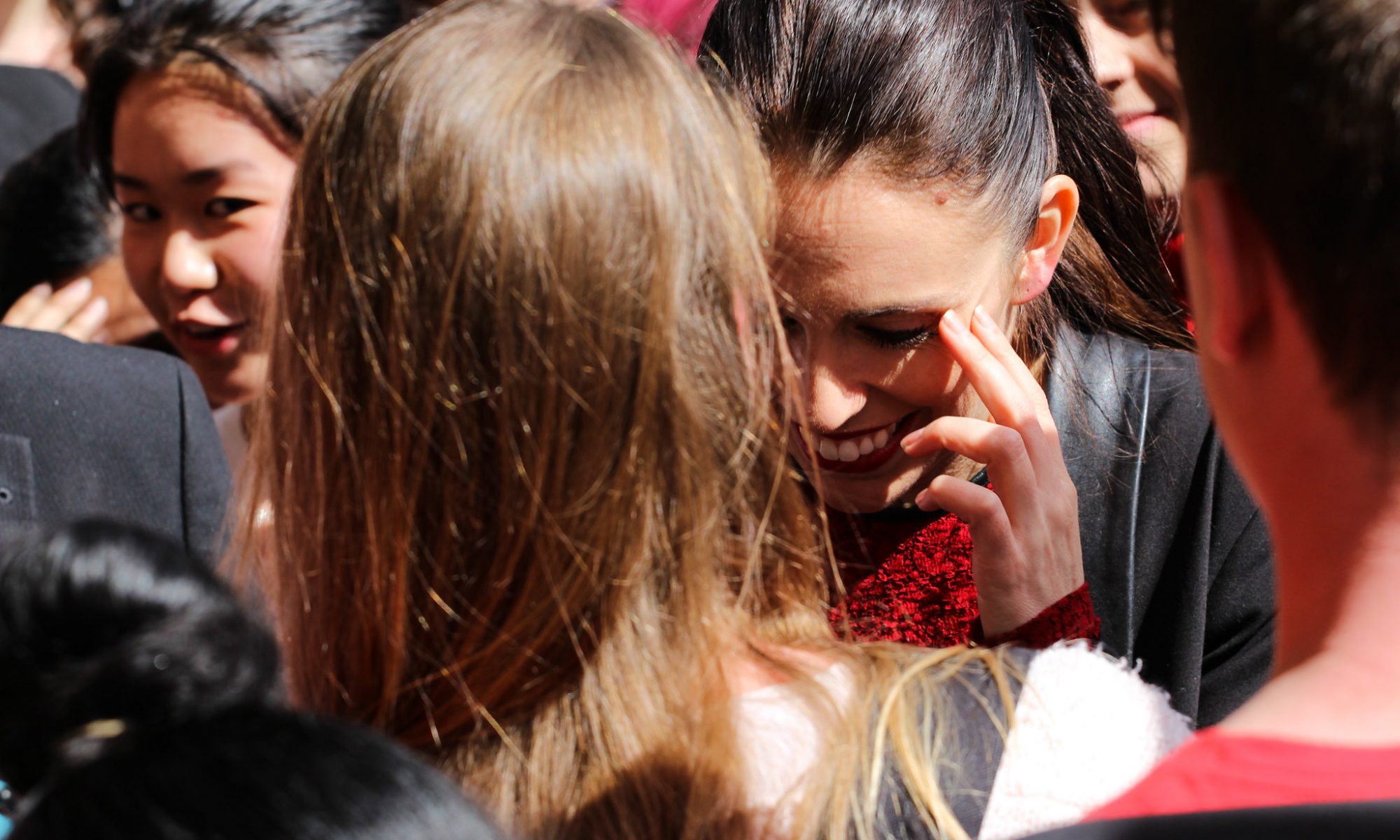Hozier’s Unreal Unearth, is, in addition to being one of the best albums of 2023, is a wonderful exploration of love, morality, and the contradictions inherent in how we think about them. In Part 1, we discussed the album’s fourth song, Francesca, and the moving narrative of unconditional love which it represents: love unreservedly, unapologetically, with abandon, at whatever cost. This narrative has power, I argued, because it represents something salient to the way we think about love: we find stories of love without limit — like those of Romeo and Juliet, Jack and Rose, and Francesca and Paolo — deeply romantic. But Hozier does not leave the story as is; later in the album, he presents us with a different picture, one which challenges that romantic picture and flips it on its head. He draws out a contradictory set of emotions which poses a different question: is there a length to which we shouldn’t go for love?
* * *
The sixth song of Unreal Unearth is not a love song. In fact, it’s about as far from one as it could be. The soaring vocals of Francesca have been replaced with something more sinister, a change in theme evident in the track’s title: Eat Your Young.
The symbolism of Eat Your Young is not as clear as Francesca, but its overall themes are apparent, especially when its music video and Hozier’s own analysis of the lyrics are taken into account: Eat Your Young is a song about gluttony, greed, and war. The first verse begins:
“I’m starvin’, darlin’
Let me put my lips to somethin’
Let me wrap my teeth around the world
Start carvin’, darlin’”
Hozier himself describes these lyrics as “potentially lustful,” but notes that “the lyrics so grotesque, in a way, that there’s a dark humor to them as well” — drawing an interesting contrast with the portrayal of lust in Francesca. But the lyrics, sung by the singer to a lover, take on that substantially darker tone in the chorus:
“Pull up the ladder when the flood comes
Throw enough rope until the legs have swung
Seven new ways that you can eat your young
Come and get some
Skinnin’ the children for a war drum
Puttin’ food on the table, sellin’ bombs and guns
It’s quicker and easier to eat your young”
There’s much to be said about these lyrics. Perhaps we can take the lyrics more literally, and focus on the theme of greed: an elite class literally pulling up the ladder behind them, and throwing just enough rope to hang oneself with. Perhaps we can also understand the lyrics in a more metaphorical way, centering on the theme of war and the heavy cost which we — and our children — pay for the violence we bring to the world. But I, personally, find it interesting that the song’s message is situated in the context of a relationship: the singer and his unnamed “darlin’.” We can also, then, take these lyrics as a commentary on relationships, on love, and how both can drive us to dark places.
The lyric which encapsulates this theme, I believe, is last line of the final couplet: “Puttin’ food on the table, sellin’ bombs and guns.” This lyric, in and of itself, poses ethical questions; but in the broader context of a relationship, the picture it paints is slightly different, and contrasts with that which we find in Francesca. In any relationship, and especially in love relationships, we have certain obligations: depending on our role, we may have obligations to care, to protect, to provide, among many others. And while Francesca describes a love which is beautiful in its reckless abandon, Eat Your Young asks: what length would you go to fulfill those obligations? Would you bear any cost, as Francesca did? Or is there a line — some moral limit which you would not cross, even if it meant those obligations went unfulfilled?
In Eat Your Young, Hozier seems to be arguing that there is such a line; hence the final line of the stanza: “It’s quicker and easier to eat your young.” This final couplet directly states the challenge: would you sell bombs and guns, weapons of war which will almost certainly be used to oppress and kill innocents, to provide for your family? Maybe you would in extreme need — but would you do it to send your kids to college? To buy your partner the house they’ve always wanted?
To what extent are you willing to do wrong for love?
I will not, and perhaps cannot, give an answer to such a question here — it is a question about your values, your relationships. But it is a question which we must sit with, especially if we are to understand the philosophical tension between a song like Francesca and a song like Eat Your Young; and it is a question which we should take seriously. Perhaps the most typical examples are not quite as dramatic as those which Hozier imagines, but life does present us with choices which walk this tightrope between love and morality. Lying to protect a loved one, for example, or stealing to provide for them.
Perhaps, when you reflect on these questions, you find a tension in yourself between doing what love motivates and doing what you believe is right. I feel it too. Unreal Unearth, like much of the art which resonates with us the most, represents the human condition as it is: a mess of contradictions, full of feelings without clear sources and intuitions without clear reasons. The complex relationship between human love and human morality is no different, with contradictions which we, if we seek to love fully and be virtuous, must understand. Unreal Unearth’s success as an album, beyond its beautiful music and wonderful lyricism, lies in revealing these contradictions to us, especially as they manifest in our own lives, and our own relationships.







